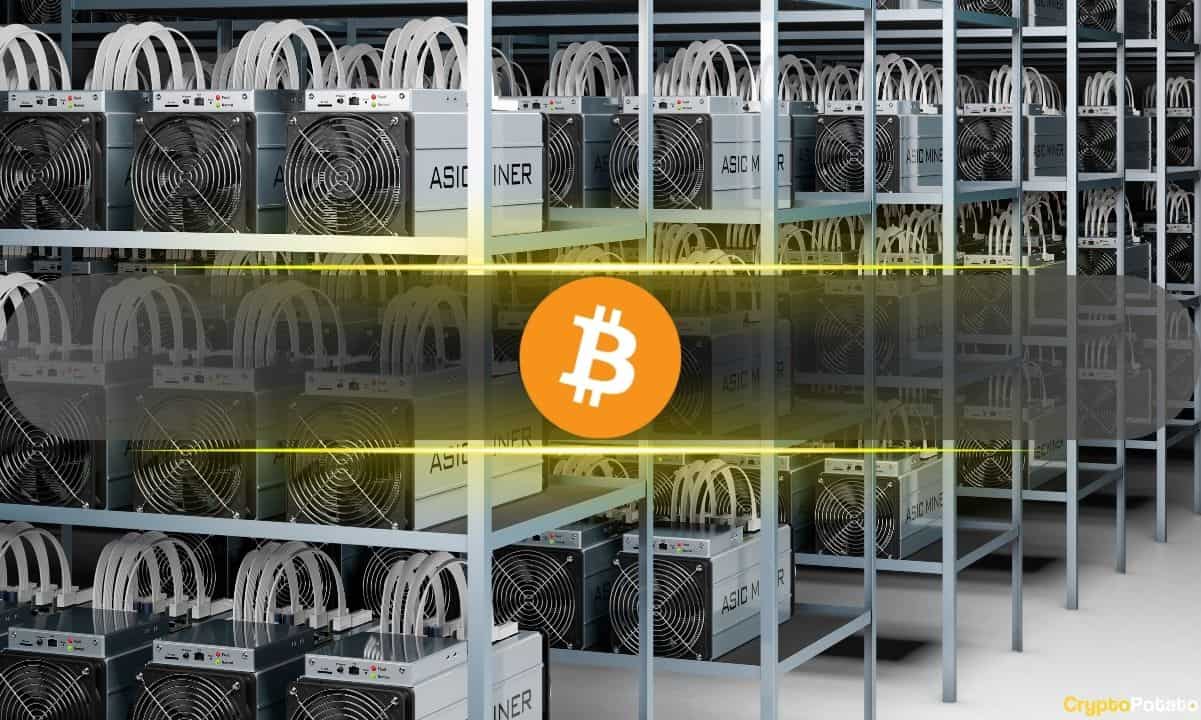As the cryptocurrency market experiences overall bullish sentiment, Cardano (ADA) remains an outlier, struggling significantly in terms of price performance. Despite the market upswing, ADA is trading at nearly 90% below its all-time high from September 2021, reflecting a multitude of challenges and underlying issues impacting its value.
Market Conditions and Competition
One of the prominent factors contributing to Cardano’s underperformance is the intensely competitive landscape of the cryptocurrency market. As new projects and established contenders like Ethereum (ETH) and Binance Coin (BNB) continue to dominate, ADA finds itself grappling for market share. The robust development activity and extensive use cases of competing blockchains present significant hurdles for Cardano, which is still working on gaining widespread adoption and developer engagement.
Investor Sentiment
Investor sentiment towards Cardano has also played a crucial role in its sluggish performance. During the crypto boom of late 2020 and early 2021, ADA enjoyed substantial attention and speculative investment, driving its price upwards. However, sustained growth and investor confidence hinged on the successful execution of Cardano’s ambitious road map. Delays in key network upgrades and perceived shortcomings in delivering on technological promises have eroded investor trust, leading to decreased market interest and lower trading volumes.
Macroeconomic Factors and Regulatory Concerns
Macroeconomic factors have added another layer of complexity to ADA’s struggle. With global financial conditions remaining volatile, cryptocurrencies across the board face pressures from inflation concerns, interest rate hikes, and uncertain economic prospects. Cardano, no exception to these influences, suffers as investors seek safer assets or liquidate holdings to mitigate risks. Additionally, the evolving regulatory landscape poses significant threats. Increased scrutiny and potential regulatory actions against blockchain innovations and initial coin offerings (ICOs) breed uncertainty, which adversely affects investor willingness to engage with Cardano.
Collectively, these elements shape the current predicament of Cardano in the market. Understanding these impediments provides a comprehensive glimpse into ADA’s ongoing struggles, despite the bullish trends seen across the broader cryptocurrency space.
Significance of the Chang Hard Fork
The Chang hard fork represents a pivotal milestone in the evolution of the Cardano network. As an integral part of Cardano’s roadmap, this upgrade is designed to introduce a series of enhancements aimed at improving the overall functionality, security, and scalability of the blockchain. A key feature of the Chang hard fork is its focus on moving towards a decentralized governance model, which is essential for the long-term viability and autonomy of the Cardano ecosystem.
Decentralized governance is crucial as it allows the community to have a more direct say in the development and management of the network. This paradigm shift is expected to foster greater innovation and adaptability by enabling more stakeholders to participate in decision-making processes. The Chang hard fork aims to establish a more robust framework for this decentralized governance, thereby reinforcing the network’s resilience and integrity.
In terms of technical enhancements, the upgrade is set to deliver significant improvements in Cardano’s smart contract functionality. This includes optimizing the performance of Plutus, Cardano’s smart contract platform, which will, in turn, enhance the efficiency and capacity of decentralized applications (dApps) running on the network. Additionally, the hard fork will introduce advanced security features, bolstering the network’s defenses against potential threats and vulnerabilities.
The initial phase of the Chang hard fork commenced last month and marks the beginning of a carefully orchestrated rollout. This phase involves rigorous testing and validation to ensure stability and compatibility across the network. Several critical milestones and thresholds must be attained to progress towards full implementation, including network-wide adoption and consensus among stakeholders.
Successful deployment of the Chang hard fork hinges upon meeting these predefined goals, which are essential for maintaining network cohesion and functionality. As Cardano navigates through these phases, the community and developers are closely monitoring the progress to address any challenges that may arise. Achieving these milestones will not only signify the successful implementation of the hard fork but also reinforce Cardano’s position as a leading blockchain platform in the cryptocurrency space.
Impact of the Chang Hard Fork on ADA’s Price
Despite the technological advancements brought about by the Chang hard fork, ADA’s price has remained largely unaffected. This phenomenon raises questions about the correlation between network upgrades and market valuation. Historically, Cardano has often seen price fluctuations in the wake of significant updates. However, the current market response suggests a potential disconnect between the technological improvements and ADA’s price action.
Looking at historical trends, ADA’s price has experienced significant volatility with past network upgrades. For instance, the Shelley upgrade in mid-2020 led to a notable price surge due to increased staking functionality. Similarly, the Alonzo hard fork, which introduced smart contracts, saw a substantial price rally. However, the Chang hard fork has not followed this pattern, implying that market expectations might have been misaligned or overly optimistic.
One factor potentially contributing to the muted price action of ADA post-Chang hard fork is investor sentiment. In recent months, there has been a general caution in the cryptocurrency market, with traders becoming more selective about where they allocate their capital. This cautious sentiment might have tempered any immediate positive price movement for ADA despite its technological advancements.
Another aspect to consider is the broader cryptocurrency market dynamics. Other major cryptocurrencies have shown mixed responses to updates. Take Ethereum, for instance. While the transition to Ethereum 2.0 promises major scalability and security improvements, ETH’s price has not witnessed a linear upward trend, indicating market complexities beyond mere technological upgrades.
The comparison with other cryptocurrencies highlights a broader trend where technological improvements do not always translate to immediate price increases. This discrepancy suggests that factors such as market sentiment, macroeconomic trends, and investor behavior play critical roles in determining the price action of digital assets like Cardano.
In conclusion, while the Chang hard fork undoubtedly enhances Cardano’s technological capabilities, its impact on ADA’s price has been subdued. This scenario underscores the multifaceted nature of cryptocurrency valuation, where technology is just one of many influencing factors.
Future Prospects and Strategic Considerations for Cardano
As Cardano navigates the volatile waters of the cryptocurrency market, its future prospects are increasingly tied to its ability to adapt and innovate. One critical element on the horizon is the forthcoming phases of the Chang hard fork. Expected to further improve the network’s scalability and performance, these updates are anticipated to enhance Cardano’s attractiveness to developers and end-users alike. As the Chang hard fork unfolds, the integration of advanced functionalities will potentially position Cardano as a more competitive platform, thereby improving its market stance.
Strategic alliances could serve as another pillar for Cardano’s future growth. By forming partnerships with influential corporations, other blockchain projects, and academic institutions, Cardano can bolster its ecosystem and expand its user base. For instance, collaborative efforts in areas such as decentralized finance (DeFi), supply chain management, and digital identity verification could unleash new use cases, thereby driving adoption.
Improved marketing strategies are also essential for Cardano to regain investor confidence and augment its market share. An intensified focus on transparent communication, highlighting technological advancements and user success stories, could demonstrate Cardano’s inherent value more effectively to potential investors. Additionally, tactical marketing campaigns aimed at demystifying Cardano’s sophisticated architecture and future potential could broaden its appeal to a wider audience.
Further technological innovations are paramount for Cardano to thrive in an ever-evolving crypto landscape. Leveraging its unique Proof-of-Stake (PoS) mechanism, Cardano can explore pioneering solutions in smart contract technology, interoperability, and secure data handling. Enhancements in these areas could significantly elevate Cardano’s profile as a robust and versatile blockchain platform.
In conclusion, while Cardano faces challenges, a multifaceted approach encompassing network upgrades, strategic partnerships, improved marketing, and continuous technological innovation could pave the way for a resilient future. By adeptly maneuvering through these avenues, Cardano has the potential to re-establish itself as a formidable presence in the cryptocurrency market.

















 English (US) ·
English (US) ·